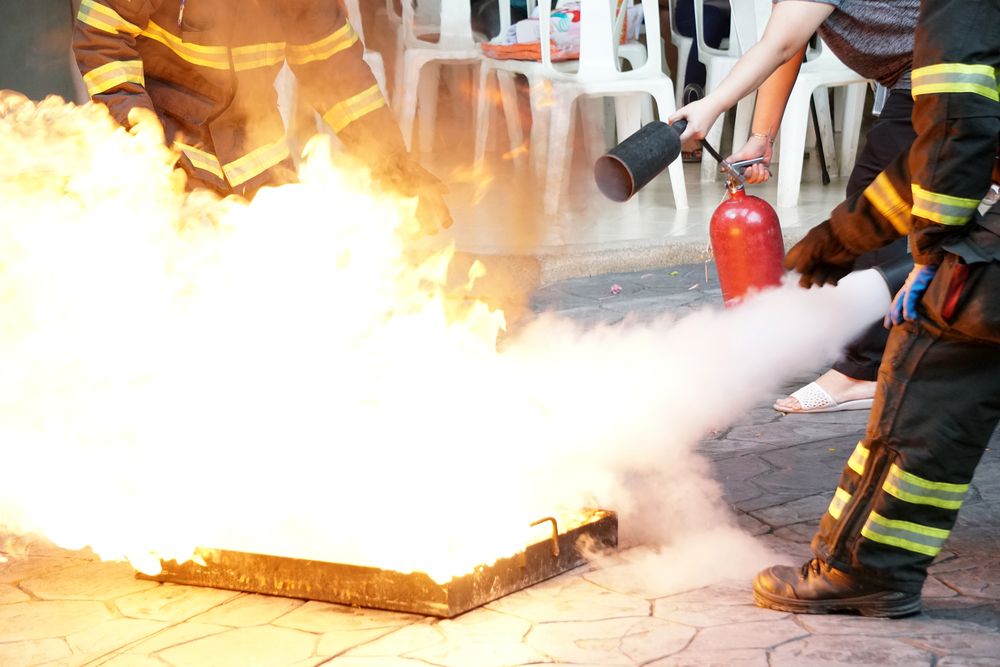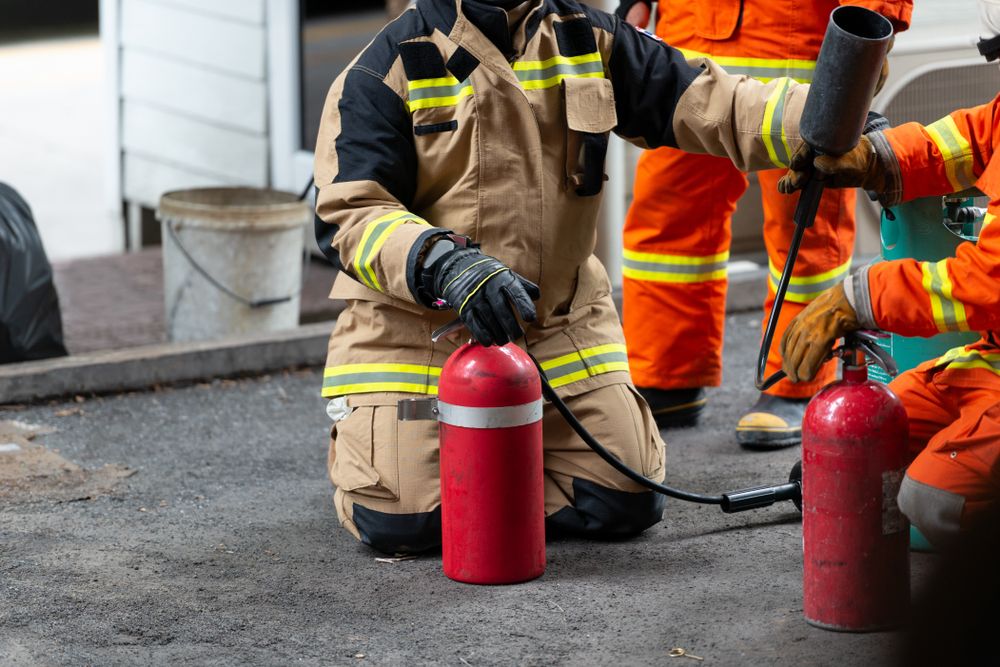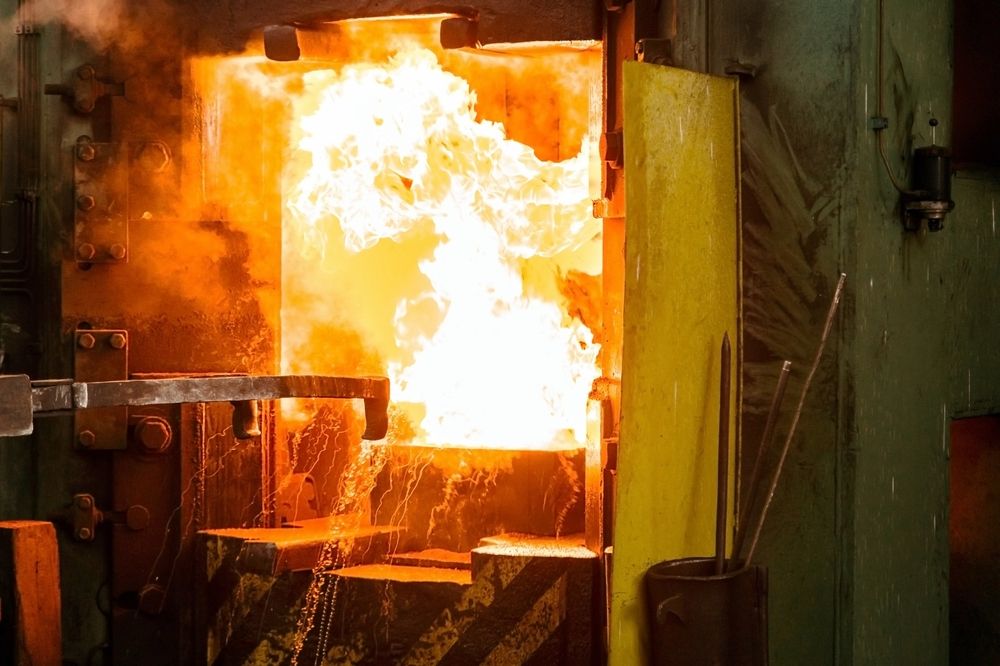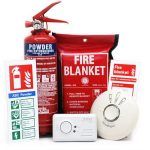
Do You Have a Workplace Fire Safety Plan?
 Does your workplace have a fire safety plan?
Does your workplace have a fire safety plan?
If you aren’t sure, that means one of two things. It means either your workplace doesn’t have a fire safety plan, or they have not shared this plan with their employees (almost as bad!).
Let’s go over what needs to be part of a workplace fire safety plan and why these points matter.
An Effective Workplace Safety Plan
 There are some items and processes that are considered the bare minimum of what a fire safety plan should have.
There are some items and processes that are considered the bare minimum of what a fire safety plan should have.
- Copies of the building plans with the fire exits marked
- Locations of fire extinguishers
- Locations of the fire alarm boxes
- Location of smoke detectors
- Where to find first aid kits
- Where to find the main electrical panel
- Where to find the main water valve
- Evacuation routes and meet up points
- Fire Drills!
Why would employees need to know any of these things?
The Need to Know What’s Where in Case of Fire
 If something catches fire, the only correct response is to run out of the building, right?
If something catches fire, the only correct response is to run out of the building, right?
While this may be the case for large scale fires that are spreading rapidly and threaten an inferno in a matter of seconds, it is important to still know all these details.
In the event you do need to leave the building because of fire, it is crucial to have evacuation routes posted. That’s where an effective fire drill program helps.
During a fire, elevators won’t won’t work, and some traditional exits may be blocked. It’s essential to know the safest way out of the building.
This is also where a meeting point comes in. You may get separated from your team during an evacuation. A safety point is a place where everyone can join back together. This allows you to see if everyone is accounted for.
Make sure your fire drills cover all of this!
Finer Points in a Fire Safety Plan
 The other points on your fire plan may seem small in comparison, but every single one is important.
The other points on your fire plan may seem small in comparison, but every single one is important.
Should a small fire break out in a building, you need to know where your fire extinguishers are so you can put it out.
If you don’t put out a small fire, you really will need to put your evacuation plan to the test!
Making sure your staff knows how to operate an extinguisher is equally as important. The same goes for where to find your fire alarm boxes. You must alert the building that there is a fire so the occupants can escape to safety.
All these other pieces are important things that your employees should know the location of.
To cut off the source of power to a fire, you may need to cut the primary power source to the building.
If someone sustains a mild cut or burn during a fire, you need a fully stocked first aid kit, complete with supplies to treat burns.
Location of smoke detectors are important for your routine safety checks to make sure they are still working. Knowing where your main water valve is is essential for helping firefighters or other emergency personnel.
How ACT Can Help with Your Fire Safety Plan
Hopefully, these tips will help you and your workplace.
You want to be prepared for the worst, so if it happens, you can respond with your best.
If you are a manager or supervisor putting together a workplace fire safety plan, feel free to reach out to us. We’d be glad to answer questions and help you and your organization be a safety leader.


